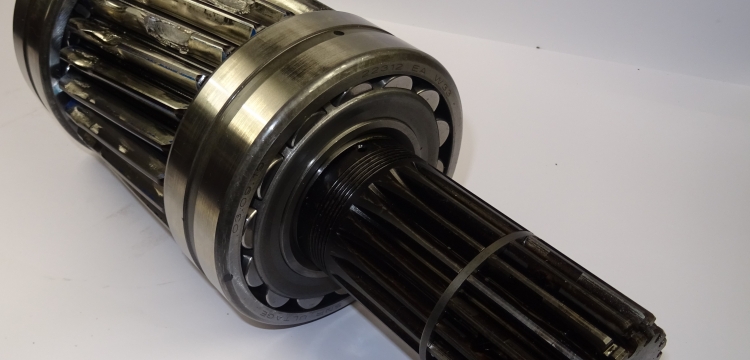Analyse and understand the failure of a component, transmission or a mechanical equipment


Failure or damage of mechanical components
Your expectations
A mechanical transmission component (bearing, gear, reducer, shaft, coupling, pinion, ball joint, chain, splines, clutch, gearbox, shaft line .....) is considered to have failed when it no longer performs its function correctly: noise, vibrations, poor performance, overheating, wear, chipping, galling, cracking, breakage.
Following the failure of a mechanical transmission component, you want to carry out an analysis to:
- Identify the causes, origins and remedies;
- Understand the degradation phenomenon(s);
- Determine the responsibilities of the parties involved (designer, manufacturer, installer, user, maintenance);
- Prevent recurrence.
Our solutions
Cetim proposes and carries out a factual, exhaustive and multidisciplinary investigation, based on all the observations and parameters linked to the failure:
- On-site expertise;
- Analysis of the failure, taking into account the history, operating conditions and environment of the component and machine;
- Search for any manufacturing or implementation defects;
- Laboratory resources for testing components on test benches;
- Simulation resources to confirm damage hypotheses;
- Advice and support for failure resolution and redesign.
Your benefits
Cetim, independent and neutral technical centre, is a leader in the analysis of mechanical behaviour in operation.
- With over 50 years' experience, it deals with nearly 1,500 new cases every year, in all areas of mechanics: mechanical, metallic, plastic and composite damage, etc.
- Our organisation is recognised by legal experts and insurance companies.
- Neutrality and independence, guaranteeing you the objectivity of our results.
- A comprehensive, multi-skilled approach that deals with failures from their origins right through to the implementation of practical solutions.
- Support via tailored and customisable training courses, with Qualiopi certification.

